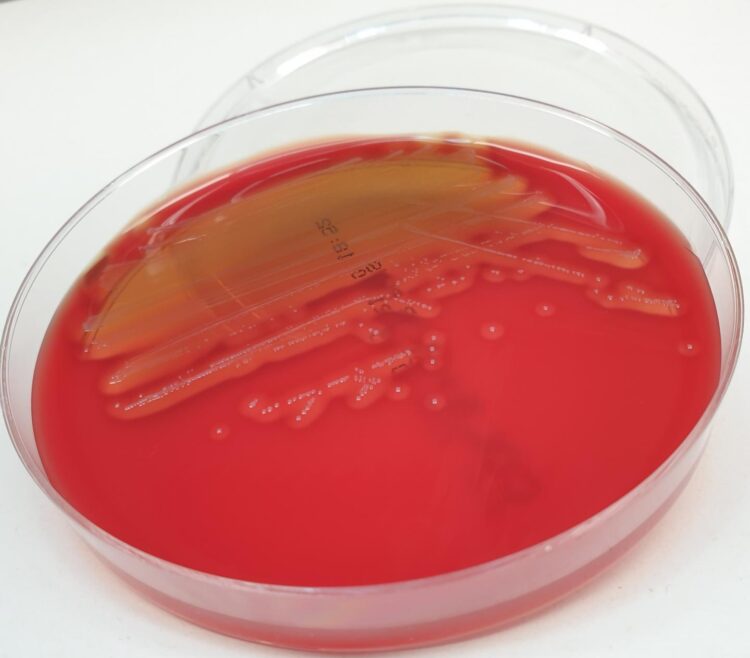First scientific description of a previously unknown Streptococcus species of Chacoan peccaries

Credit: K. Mühldorfer, IZW
The species richness of zoo and wild animals is reflected in the diversity of infectious agents they harbour. However, our knowledge is sparse and pathogen detection remains challenging. For streptococci, a bacterial family of importance to human and animal health, wildlife research has taken a step forward: A research team led by Kristin Mühldorfer from the Leibniz Institute for Zoo and Wildlife Research (Leibniz-IZW) and Tobias Eisenberg from the Hessian State Laboratory investigated the causes of severe respiratory disease in peccaries and taxonomically characterised a novel Streptococcus species (Streptococcus catagoni sp. nov.) based on its phenotypic properties and genetic features. The results, published in the International Journal of Systematic and Evolutionary Microbiology, contribute to a better understanding and reliable identification of this novel bacterial species.
The family Streptococcaceae consists of bacteria inhabiting the skin and mucous membranes and includes important pathogens. Despite Streptococcus species with a broad host range infecting humans and vertebrates, the family includes bacterial species that seems to be exclusively adapted to certain hosts or habitats, such as Streptococcus castoreus of beavers, Streptococcus didelphis of certain marsupial species or Streptococcus phocae of marine mammals and fish.
In the present paper the authors analysed a previously unknown Streptococcus species that was responsible over two consecutive years for severe disease in a group of Chacoan peccaries (Catagonus wagneri) kept in a zoo. Animals were mainly affected within the first year of life and showed suppurative infections of the upper and lower respiratory tract. At least five peccaries had died from the infection. The novel bacterial species has been named according to its origin as Streptococcus catagoni sp. nov.
„These are the first confirmed cases in Chacoan peccaries”, says Dr Kristin Mühldorfer, scientist from the Leibniz-IZW. The Chacoan peccary is an endangered species that shows a continuing decline in its population size. “Unfortunately, we often do not know the impact of infectious diseases on wildlife populations and associated pathogens”, says Mühldorfer. The reasons for these deficits include animal species richness, the lack of knowledge of wildlife health and restricted accessibility of wild animals in their habitats.
Novel infectious agents frequently occur in zoo and wild animals but they are often not identified with established test systems and data bases, thereby increasing time and methodical requirements of laboratories considerably. MALDI-TOF mass spectrometry provides a good solution because newly created reference spectra enable rapid and reliable bacterial identifications. The data base entries of Streptococcus catagoni were generated at the Chemical and Veterinary Analysis Agency Stuttgart and are available for exchange via the MALDI-TOF MS User Platform.
„We are glad to have established this successful collaboration of the participating institutions which we hope will continue”, say Kristin Mühldorfer and Tobias Eisenberg. The microbiologists aim to characterise uncommon bacterial agents, their occurrence in specific hosts and importance for certain wildlife species. Modern approaches to wildlife disease will help to detect pathogens and develop diagnostics to overcome current limitations and support conservation efforts.
###
Media Contact
Dr. Kristin Mühldorfer
[email protected]
Original Source
https:/
Related Journal Article
http://dx.





